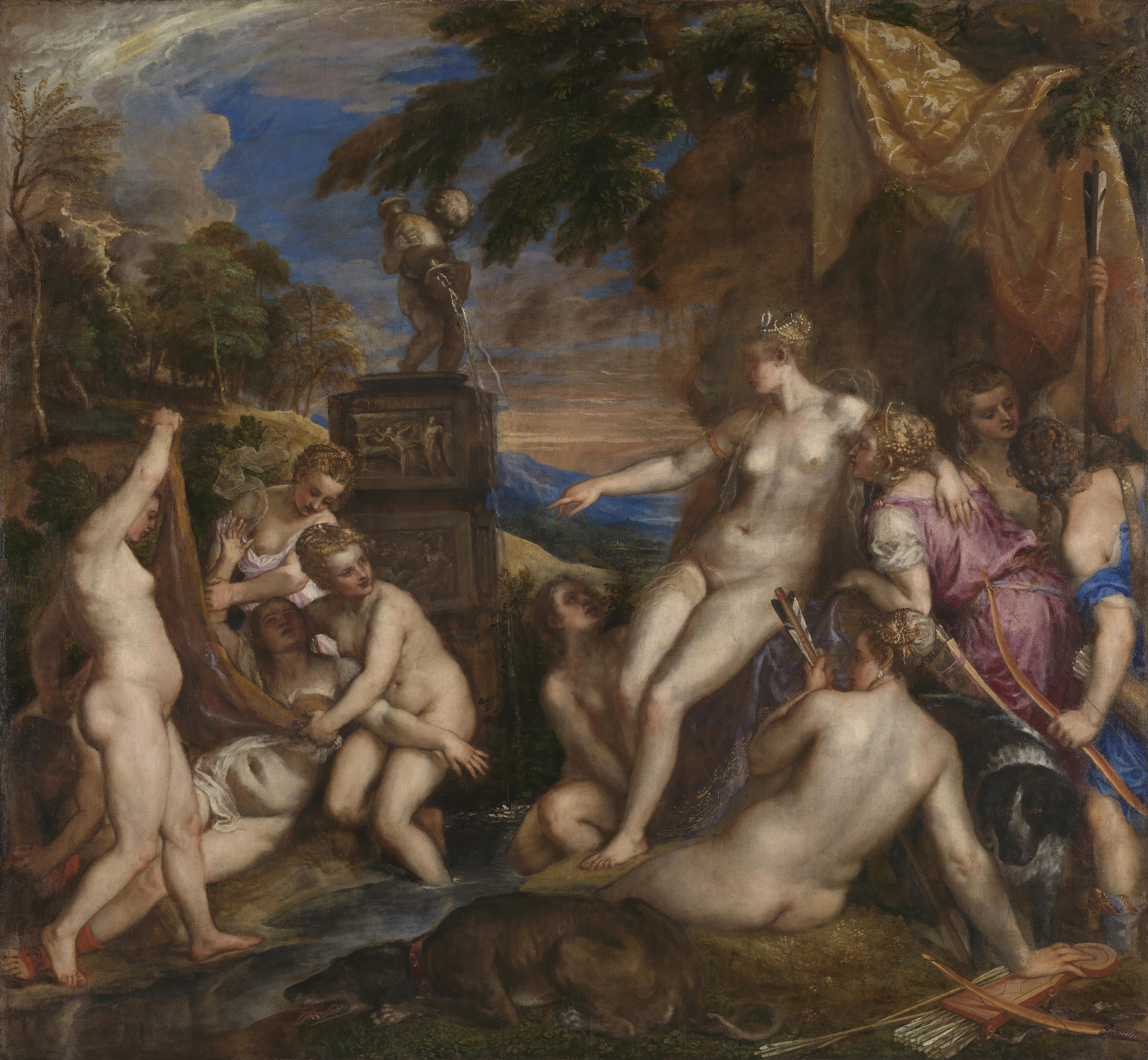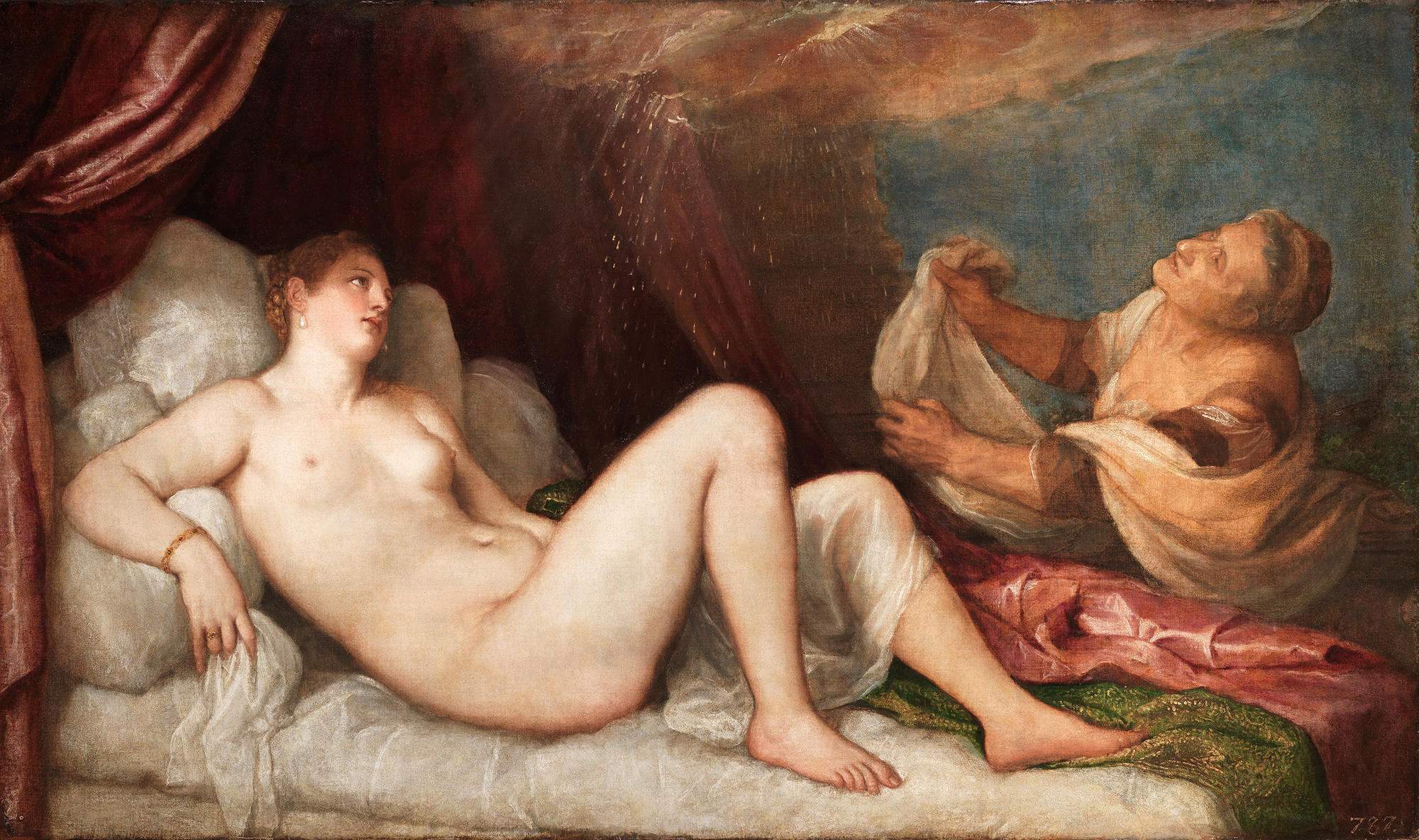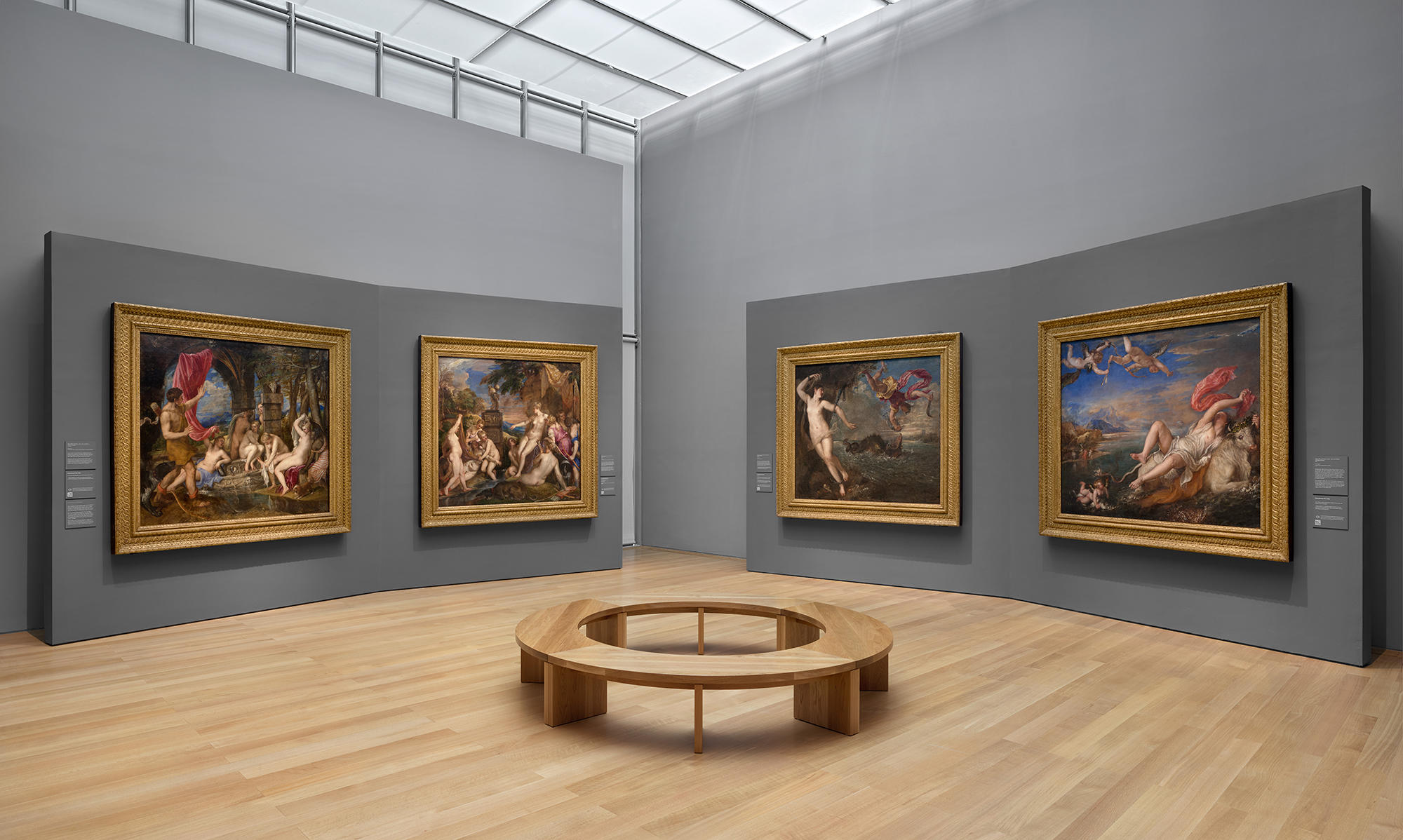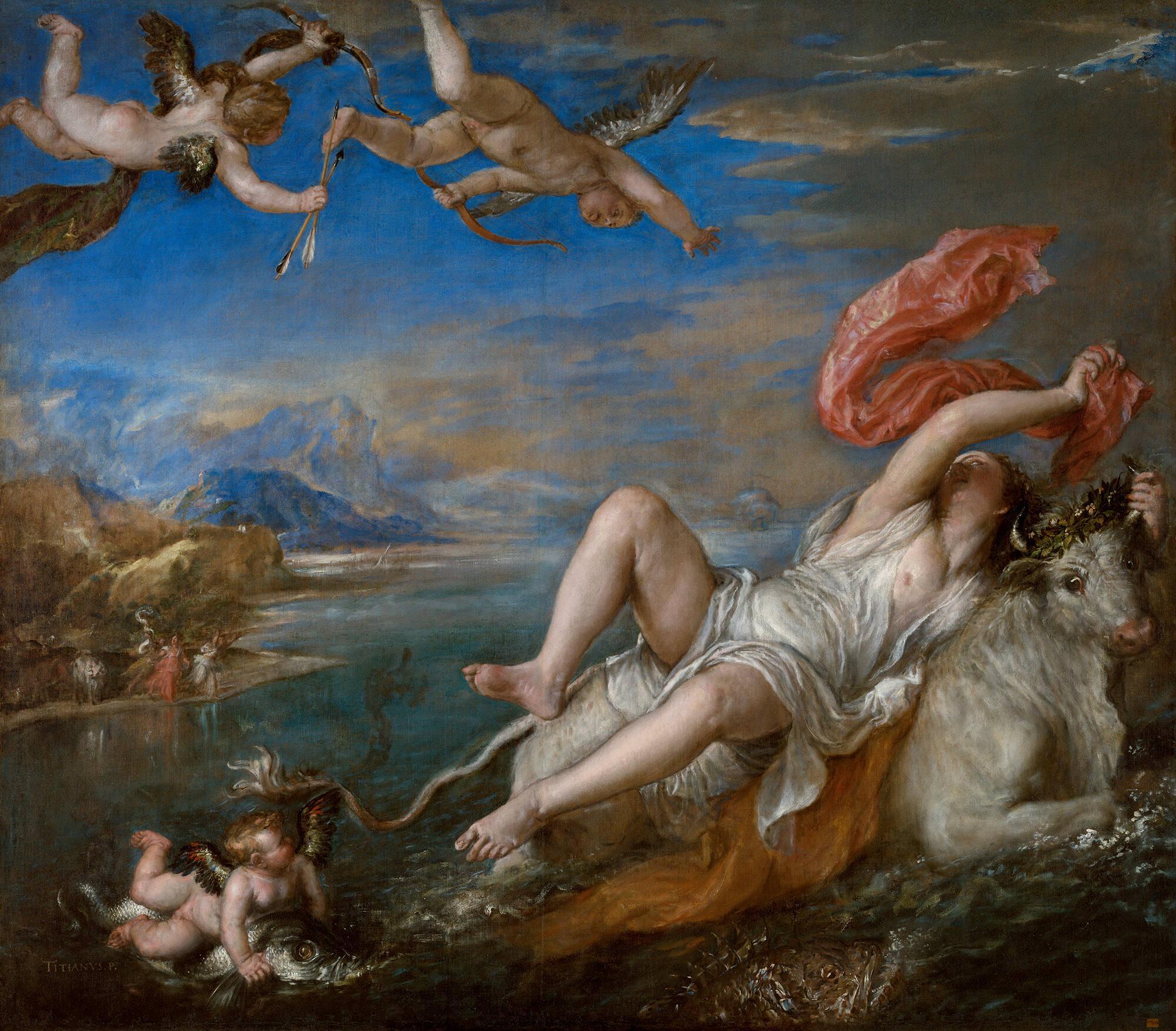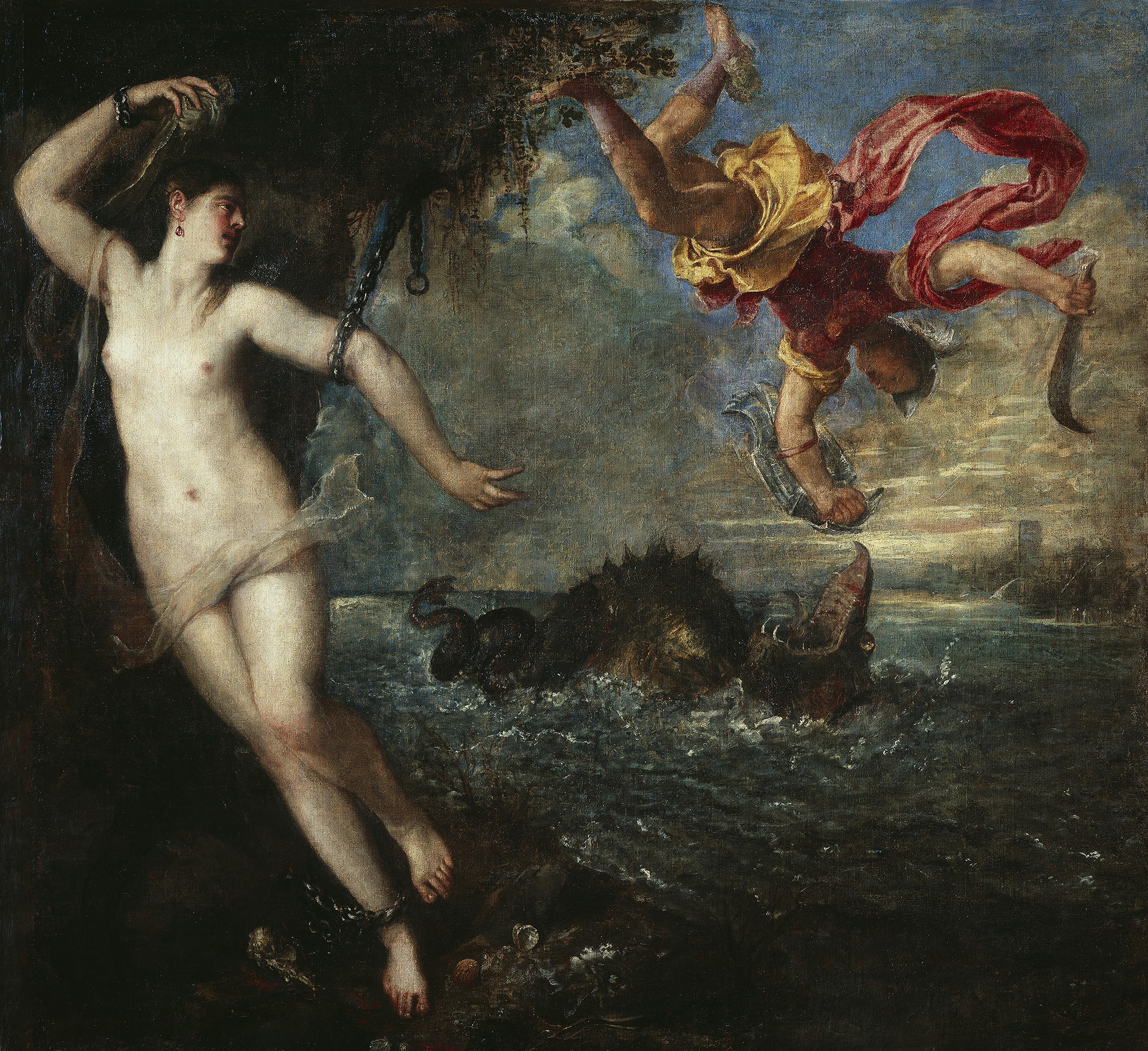The ancient Roman poet Ovid has always been controversial. Like most “classic” authors of any period, he became a classic because he was edgy, difficult, and hard to pin down, not because he was simple, clear, and toed the party line. Living in the age of the first emperor Augustus around the turn of the first centuries BCE and CE, Ovid did not hold back: he wrote steamy sex poems, the Amores (in this case, “sex poems” is a better description than the usual “love poems”); a series of verses voicing the complaints of abandoned women of classical myth from Dido to Medea; a six-book poem on the Roman calendar; and most famously of all, the Metamorphoses (or Transformations).
A narrative poem detailing the history of the world from the creation to Julius Caesar, the Metamorphoses focused largely on a series of mythical changes of shape and form—Daphne turned into a tree, Callisto into a bear, and so on. And why was Julius Caesar included, one may ask? After his assassination in 44 BCE, the infamous politician was turned into a god. Ovid was, in the end, exiled from Rome, for (as he mysteriously describes it) “a poem and a mistake.” People now point the finger at his satiric poem, the Ars Amatoria, or Art of Sex, which claimed to teach young men and women how to get a partner into bed.
